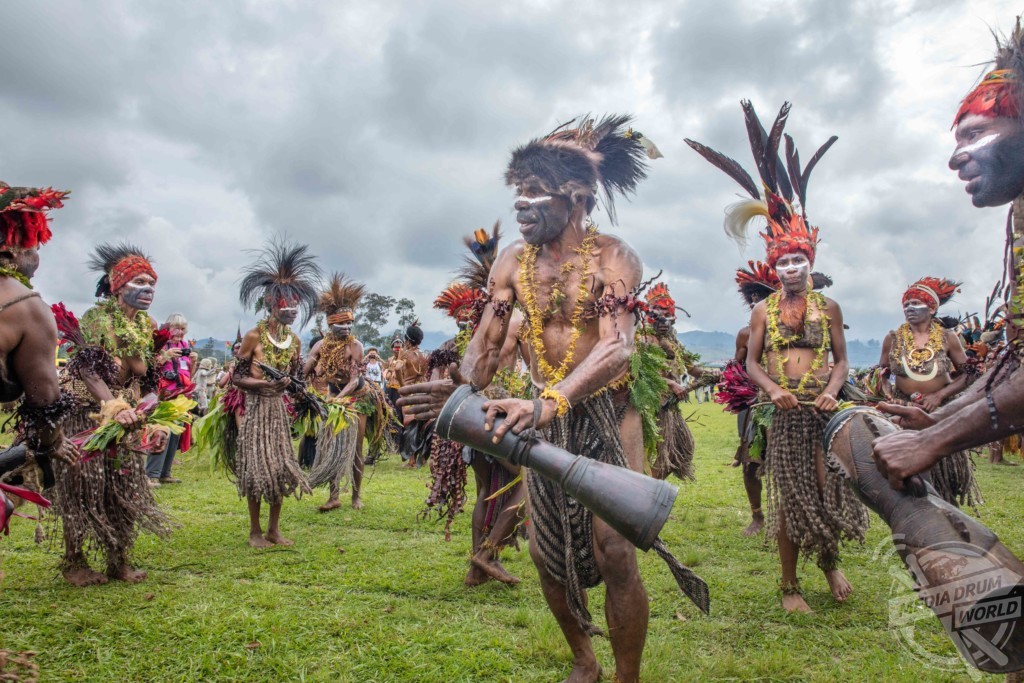
By Alex Jones
CAPTIVATING photos of tribes from the ‘last frontier on Earth’ showcase centuries of rich cultural tradition in Papua New Guinea.
Stunning shots include a group of Chimbu warriors painted as skeletons in order to terrify their enemies, a group of Asaro Mudmen wearing eclectic carved masks, and the Huli Wigmen warmly gesturing towards the smallest member of their tribes.
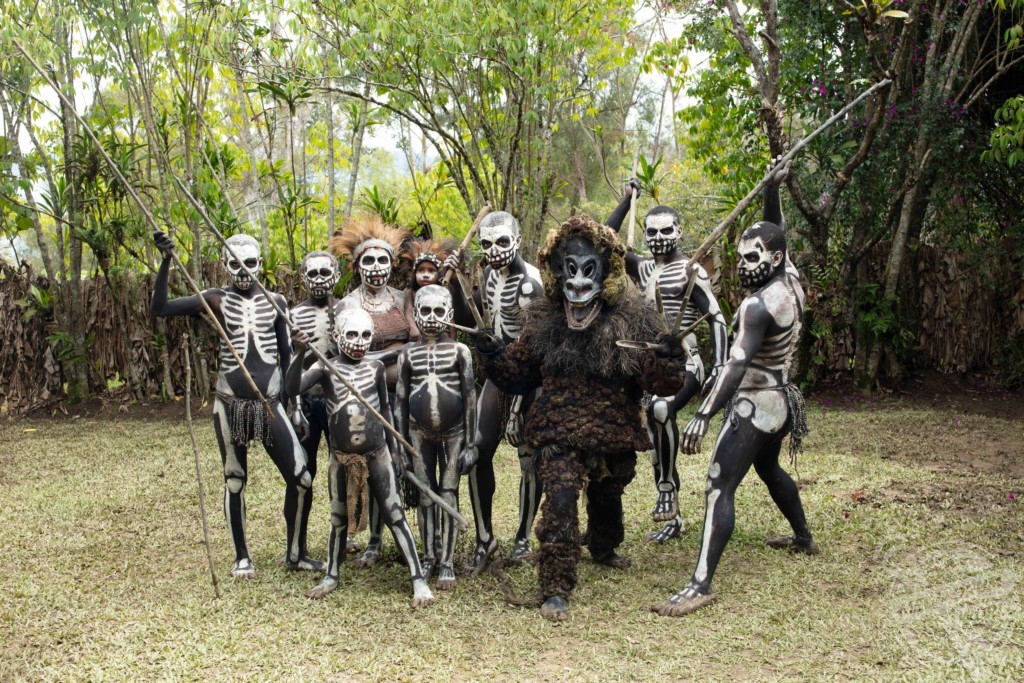
The colourful, eye-catching shots were taken by Oxford photographer Jeremy Flint (42) who always considered the Pacific island country to be a “mysterious and intriguing” place to visit.
The country comprises about 600 small islands and has some 5,150 km of coastline; only 13 per cent of people live in urban areas, the lowest proportion in the Commonwealth.
Papua New Guinea has more than 800 indigenous languages, thought to be more than any other country in the world.
Flint captured most of his extraordinary images at the Mount Hagen festival – a national party celebrating the heritage, songs and dancing of over 100 of the country’s tribes and the Commonwealth state’s independence – but the intrepid explorer also ventured into the jungle highlands to see and experience their rustic lifestyle first-hand.
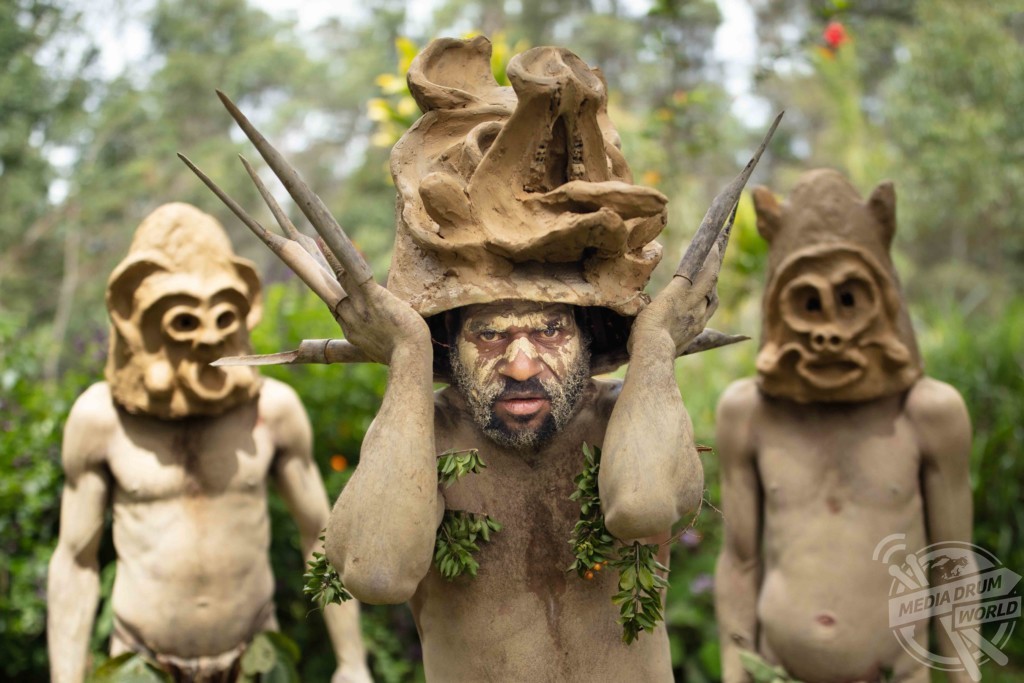
“I have always been fascinated by the tribes and culture of Papua New Guinea and have wanted to visit there for over a decade,” he explained.
“I finally realised my dream recently when I visited this incredible country.
“The place always seemed very mysterious and intriguing to visit and I was not disappointed.”
Flint was excited to experience the cultural diversity of the tropical island.
“Tribal living is still a major part of the Papua New Guinea culture,” added the 42-year-old, who gave up a career as an accountant to become an international photographer.
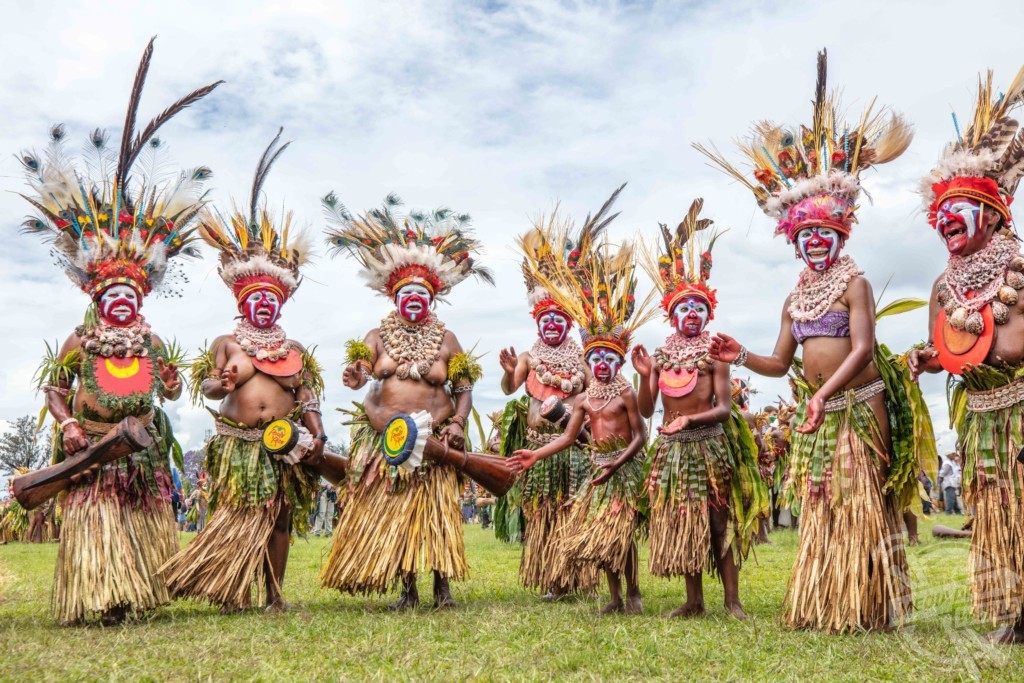
“There are over 800 languages spoken in the country mostly from the indigenous people or tribes scattered over the islands.
“Only around a small percentage of the population live in urbanised areas.
“I found life in Papua New Guinea to be interesting and insightful.
“The landscape is mountainous and rugged and remains untouched by civilisation. The tribes have their own traditions, beliefs, ways of living and their own culture.
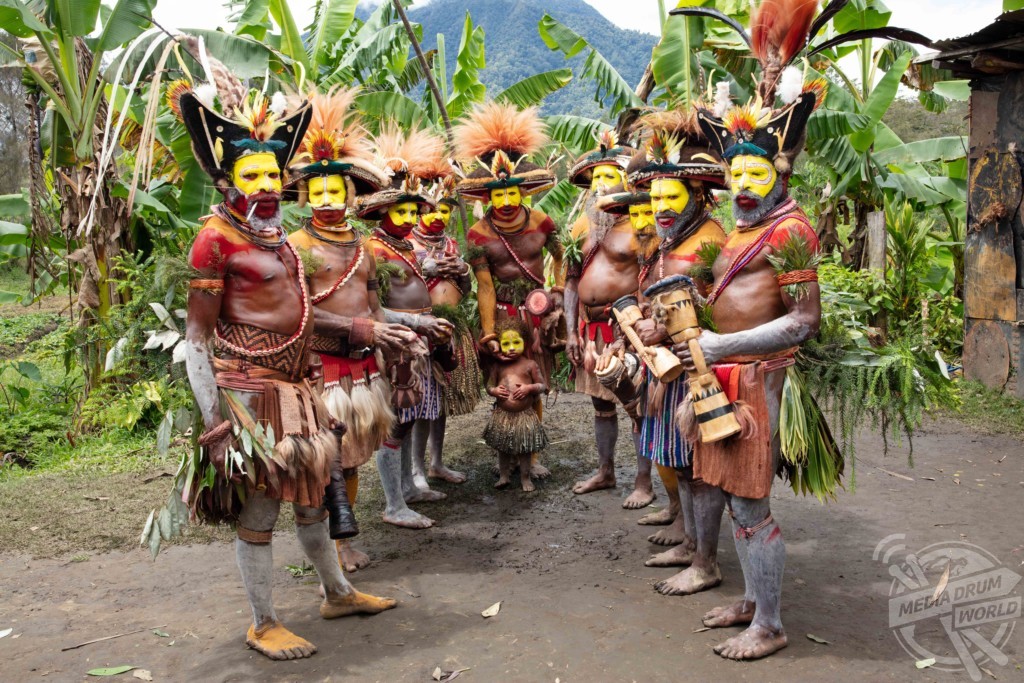
“The villages were remote and the accommodation was very basic with wooden huts and grass/ thatched roofs.
“The languages and dialects varied from one village to the next.”
Flint, who has won numerous awards for his photography after discovering his passion for the pursuit after he became severely ill 14 years ago, was thrilled to capture a completely different way of life.
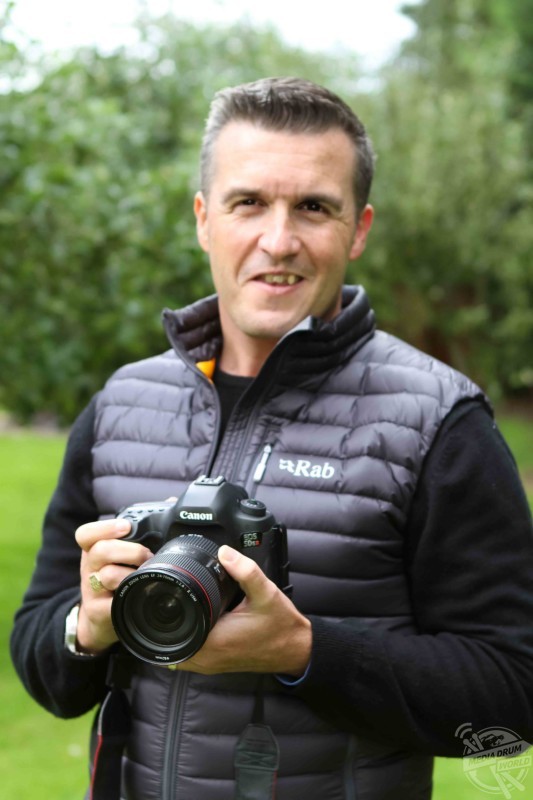
“I love travel photography because it gives me the opportunity to immerse myself in different cultures and meet people who I may not talk to if I didn’t have my camera,” he continued.
“Papua New Guinea is the last frontier on earth, it still retains many of its traditions and cultures and that it is a terrain of unexplored and undeveloped wilderness.
“People always seem delighted to see my images and I often receive wonderful comments.
“People say ‘wow’ a lot and that is what I like to capture – the ‘wow’ moments.”



